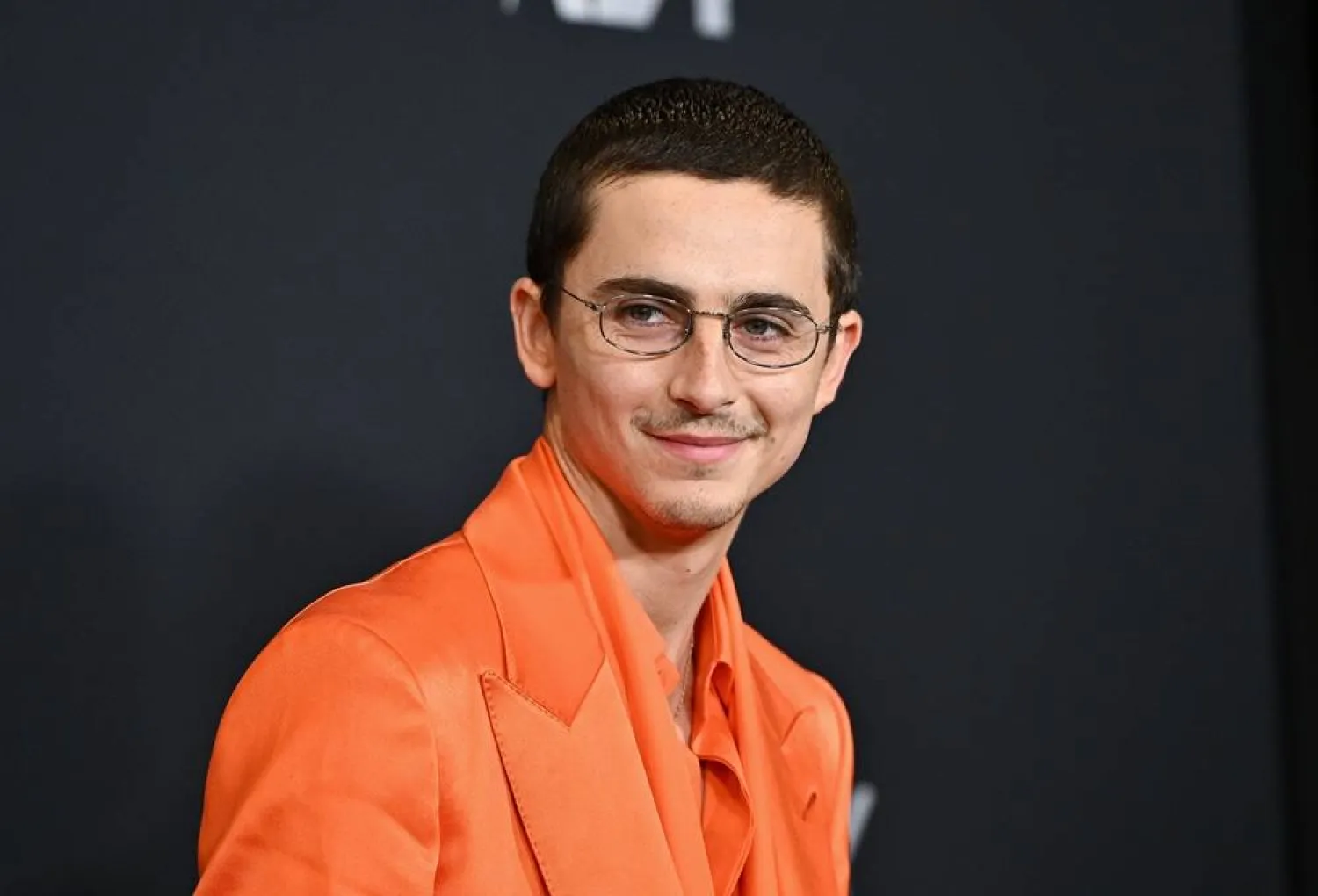A jury on Monday quickly and completely rejected a man’s claim that Disney’s “Moana” was stolen from his story of a young surfer in Hawaii.
The Los Angeles federal jury deliberated for only about 2 ½ hours before deciding that the creators of “Moana” never had access to writer and animator Buck Woodall’s outlines and script for “Bucky the Surfer Boy.”
With that question settled, the jury of six women and two men didn’t even have to consider the similarities between “Bucky” and Disney’s 2016 hit animated film about a questing Polynesian princess.
Woodall had shared his work with a distant relative, who worked for a different company on the Disney lot, but the woman testified during the two-week trial that she never showed it to anyone at Disney.
“Obviously we’re disappointed,” Woodall's attorney Gustavo Lage said outside court. “We’re going to review our options and think about the best path forward.”
In closing arguments earlier Monday, Woodall's attorney said that a long chain of circumstantial evidence showed the two works were inseparable.
“There was no ‘Moana’ without ‘Bucky,’” Lage said.
Defense lawyer Moez Kaba said that the evidence showed overwhelmingly that “Moana” was clearly the creation and “crowning achievement” of the 40-year career of John Musker and Ron Clements, the writers and directors behind 1989's “The Little Mermaid,” 1992's “Aladdin,” 1997's “Hercules” and 2009's “The Princess and the Frog.”
“They had no idea about Bucky,” Kaba said in his closing. “They had never seen it, never heard of it.”
“Moana” earned nearly $700 million at the global box office.
A judge previously ruled that Woodall’s 2020 lawsuit came too late for him to claim a piece of those receipts, and that a lawsuit he filed earlier this year over “Moana 2” — which earned more than $1 billion — must be decided separately. That suit remains active, though the jury's decision does not bode well for it. Judge Consuelo B. Marshall, who is also overseeing the sequel lawsuit, said after the verdict that she agreed with the jurors' decision about access.
“We are incredibly proud of the collective work that went into the making of Moana and are pleased that the jury found it had nothing to do with Plaintiff’s works,” Disney said in a statement.
Musker and Disney's attorneys declined to comment outside the courtroom.
The relatively young jury of six women and two men watched “Moana” in its entirety in the courtroom. They considered a story outline that Woodall created for “Bucky” in 2003, along with a 2008 update and a 2011 script.
In the latter versions of the story, the title character, vacationing in Hawaii with his parents, befriends a group of Native Hawaiian youth and goes on a quest that includes time travel to the ancient islands and interactions with demigods to save a sacred site from a developer.
Around 2004, Woodall gave the “Bucky” outline to the stepsister of his brother's wife. That woman, Jenny Marchick, worked for Mandeville Films, a company that had a contract with Disney and was located on the Disney lot. He sent her follow-up materials through the years. He testified that he was stunned when he saw “Moana” in 2016 and saw so many of his ideas.
Along with her testimony saying she didn't show “Bucky” to anyone, messages shared by the defense showed she eventually ignored Woodall's queries to her and had told him there was nothing she could do for him.
Disney attorney Kaba argued there was no evidence Marchick ever worked on “Moana” or received any credit or compensation for it.
Kaba pointed out that Marchick, now head of features development at DreamWorks Animation, worked for key Disney competitors Sony and Fox during much of the time she was allegedly making use of Woodall's work for Disney.
Woodall also submitted the script directly to Disney and had a meeting with an assistant at the Disney Channel, which Marchick arranged for him, to talk about working as an animator. But jurors agreed that this didn't give them reason to believe that “Bucky” made its way to Musker, Clements or their collaborators.
Lage, Woodall's attorney, outlined some of the similarities of the two works in his closing.
Both include teens on oceanic quests.
Both have Polynesian demigods as central figures and shape-shifting characters who turn into, among other things, insects and sharks.
In both, the main characters interact with animals who act as spirit helpers.
Kaba said many of these elements, including Polynesian lore and basic “staples of literature,” are not copyrightable.
Shape-shifting among supernatural characters, he said, appears throughout films including “The Little Mermaid,” “Aladdin,” and Hercules, which made Musker and Clements essential to the Disney renaissance of the 1990s and made Disney a global powerhouse.
Animal guides go back to movies as early as 1940's “Pinocchio” and appear in all of Musker and Clements’ previous films, he said.
Kaba said Musker and Clements developed “Moana” the same way they did the other films, through their own inspiration, research, travel and creativity.
The lawyer said thousands of pages of development documents showed every step of Musker and Clements' creation, whose spark came from the paintings of Paul Gaugin and the writings of Herman Melville
“You can see every single fingerprint,” Kaba said. “You can see the entire genetic makeup of ‘Moana.’”









